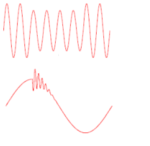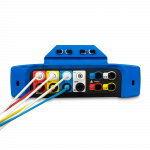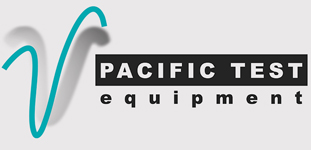PQ Monitoring Standards – What You Need To Know
There’s an age-old problem in the Power Quality (PQ) monitoring industry – simultaneously measure the same circuit using instruments from different manufactures, and you could get different results! Which one do you believe? Do you trust any of them? This is where PQ monitoring standards come in.



PQ monitoring standards have evolved significantly since they first arrived in the 1990’s. There have been some very important changes recently that could affect how you monitor for PQ, and the instrumentation that you should use.
Our PQ Monitoring Standards Tech Tip summarizes the current PQ monitoring standards, how they relate to you and the instrumentation that you choose. We cover:
• Why we need PQ motioning standards
• The difference between monitoring & compliance standards
• Standards bodies
• IEEE Recommended Practices
• IEC 61000-4-30 and it’s importance
• PQ monitoring compliance testing
• Choosing the right PQ monitoring instrument
The bottom line is that it’s important that your PQ instruments meet the needs of your application, and can not only detect the issues that concern you, but also do it reliably and accurately. Otherwise, your results can be questionable and even misleading.
By meeting today’s standards requirements, it means that the instrument comes from a reputable manufacturer, and has accurate and repeatable measurements. This used to come at a high price, but that’s a thing of the past. All Dranetz HDPQ family products are fully compliant with today’s PQ monitoring standards requirements, including the very affordable Dranetz HDPQ Visa Plus.
